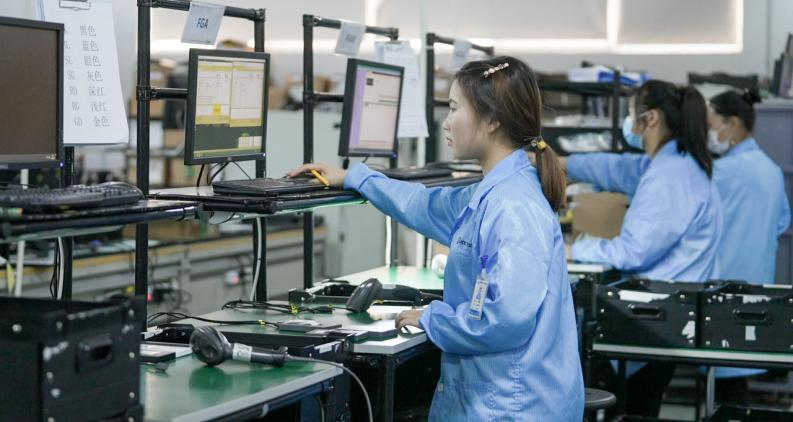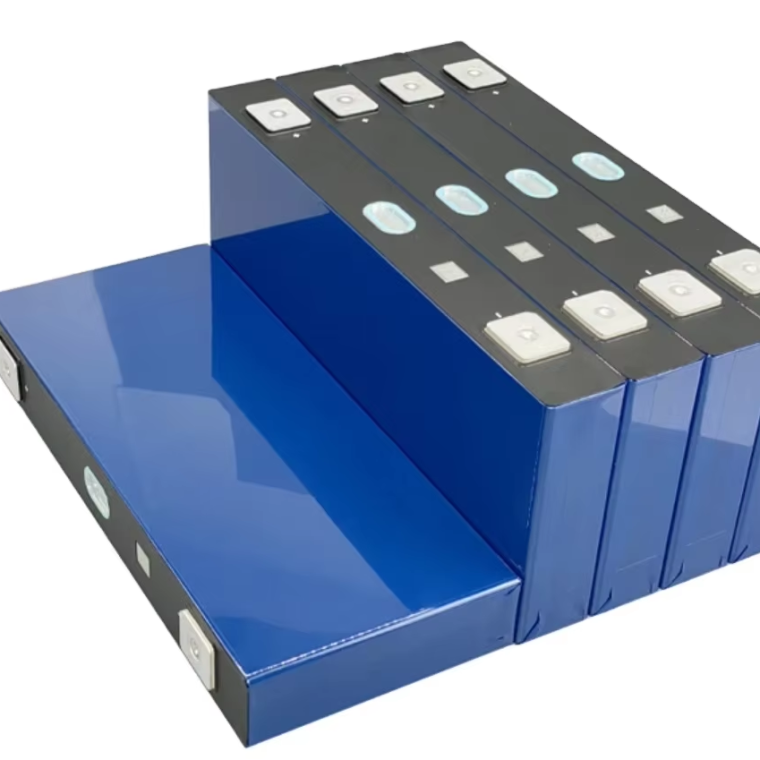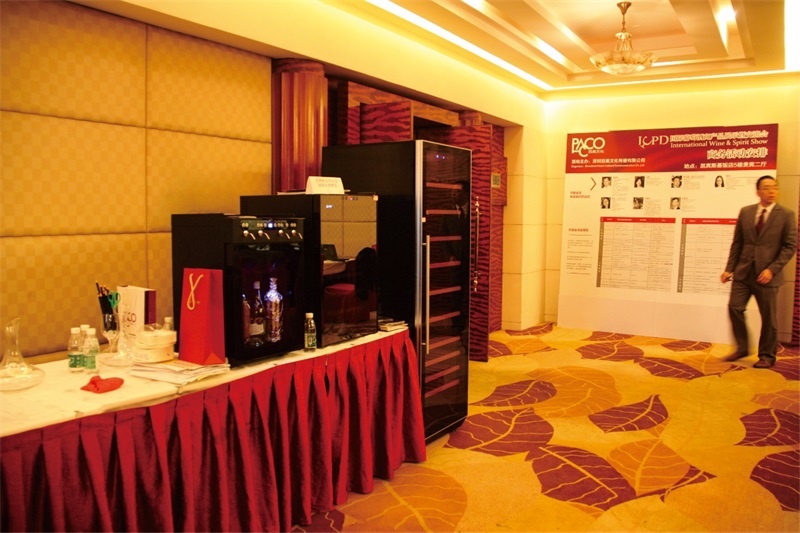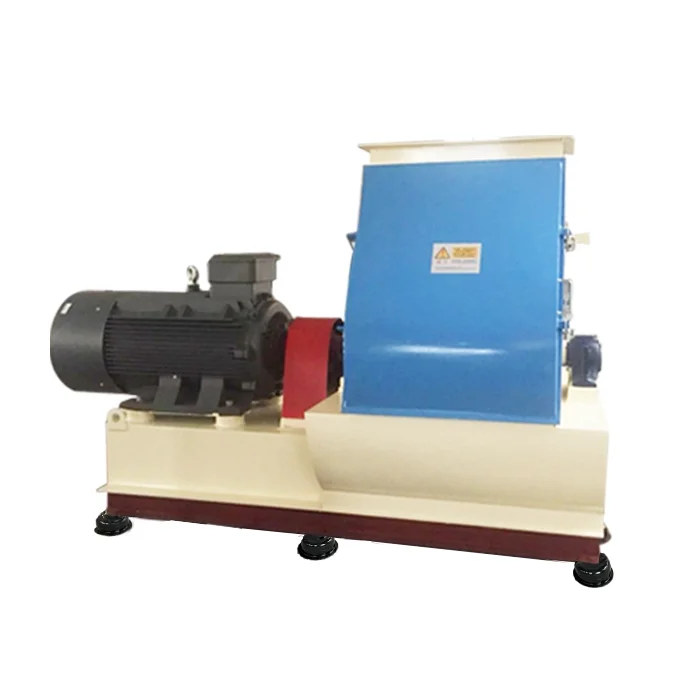Apartment living has become increasingly popular in urban areas, and with it, the need for privacy and safety has grown significantly. One of the most effective solutions for ensuring both security and privacy in an apartment is the installation of a balcony safety net. These nets serve multiple purposes, such as preventing accidental falls, keeping pets and children safe, and offering protection from external elements. In this blog post, CANA, a high quality balcony protection net manufacturer, will share the production process of apartment balcony privacy safety net for sale.
1. Understanding the Material Selection
The first step in the production process of an apartment balcony privacy safety net is selecting the right material. Since these nets are exposed to outdoor conditions, they must be durable, weather-resistant, and strong enough to withstand external pressures.
Types of Materials Used:
- Polyethylene (PE): Known for its lightweight yet strong properties, PE is one of the most commonly used materials for balcony nets. It is UV-resistant and does not degrade easily when exposed to sunlight.
- Polypropylene (PP): This material is slightly more flexible than PE and offers excellent resistance to chemicals and environmental factors.
- Nylon: A strong synthetic fiber that provides high durability and resistance against tearing.
- Stainless Steel Wire Mesh: Often used in high-rise apartments, this material provides extra security against break-ins.
2. Weaving and Netting Process
Once the material is selected, the next step involves weaving or knitting the net to form the desired structure. This process determines the strength, flexibility, and longevity of the net.
Techniques Used in Netting:
- Knotted Netting: In this method, individual threads are knotted together at intersections, ensuring high tensile strength. This is commonly used for heavy-duty applications.
- Knotless Netting: A more modern method that interlocks fibers without knots, making the net smoother and less abrasive.
- Braided Netting: This method is used for nets that require additional strength and durability.
The netting process is carried out using industrial knitting machines that can produce nets in various sizes and thicknesses. The choice of mesh size (the gap between the threads) depends on the intended use. Smaller mesh sizes provide better privacy, while larger mesh sizes offer greater airflow and visibility.
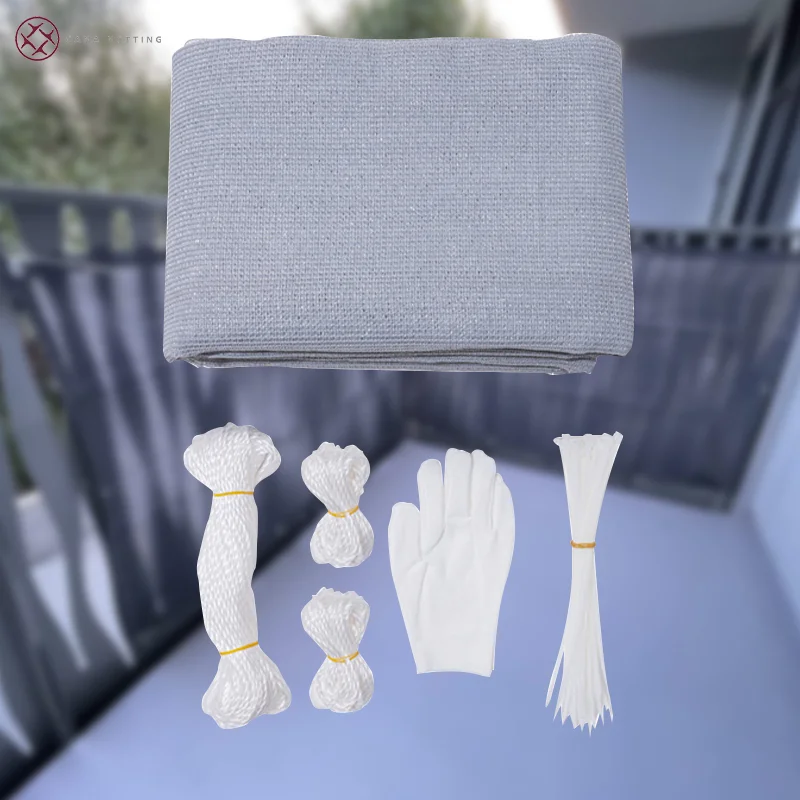
3. Coating and UV Treatment
To enhance durability and longevity, the nets undergo a special coating process. This step is crucial as it ensures the nets can withstand environmental factors such as rain, sun, and pollution.
Key Treatments Applied:
- UV Stabilization: Since the nets are often exposed to direct sunlight, UV stabilization prevents material degradation and increases lifespan.
- Waterproof Coating: A waterproof layer ensures that the net does not absorb moisture, preventing mold and mildew growth.
- Fire-Resistant Treatment: Some nets are treated with fire-retardant chemicals to enhance safety in case of a fire hazard.
4. Cutting and Shaping
After the netting and treatment processes are complete, the nets are cut and shaped to fit different balcony dimensions. This step requires precision to ensure a perfect fit.
Cutting Techniques:
- Laser Cutting: Ensures clean edges without fraying.
- Heat Cutting: Uses heat to seal the edges and prevent unraveling.
- Manual Cutting: Used for custom sizes and unique shapes.
5. Reinforcement and Edging
To further strengthen the safety net, reinforced borders are added. This step is crucial for preventing wear and tear over time.
Common Edging Methods:
- Rope Bordering: A thick rope is sewn around the net to provide additional strength.
- PVC Piping: Used in some premium nets to maintain structural integrity.
- Metal Eyelets: Reinforced metal rings are added at intervals to facilitate secure installation.
6. Quality Control and Testing
Quality assurance is an essential part of the production process. Before the nets are shipped to customers, they undergo rigorous testing to ensure they meet safety and durability standards.
Testing Procedures:
- Tensile Strength Test: Measures how much force the net can withstand before breaking.
- Weather Resistance Test: Simulates exposure to sun, rain, and wind to check durability.
- Load-Bearing Test: Ensures the net can support weight without sagging or breaking.
- Fire Resistance Test: Conducted on fire-treated nets to verify effectiveness.
7. Packaging and Distribution
Once the safety nets pass all quality tests, they are packed and prepared for distribution. Proper packaging ensures the net remains undamaged during transportation and storage.
Packaging Process:
- Folding and Rolling: Nets are folded or rolled for compact storage.
- Plastic Wrapping: Provides protection from dust and moisture.
- Labeling: Each package is labeled with installation instructions and specifications.
- Boxing and Shipping: Finally, the nets are packed into boxes and shipped to distributors, retailers, or directly to customers.
8. Installation and Maintenance
The final stage in the process is installation. While some customers install the nets themselves using DIY kits, professional installation is recommended for a secure fit.
Installation Methods:
- Hook and Wire System: Hooks and steel wires secure the net to the balcony railing.
- Cable Tie Fixing: Plastic cable ties provide an easy and quick installation solution.
- Drilled Anchor Installation: Ensures a permanent and robust attachment.
Maintenance Tips:
- Regular Cleaning: Washing with mild detergent and water keeps the net clean.
- Inspection for Damage: Checking periodically for wear and tear helps ensure safety.
- UV Protection Reapplication: Some nets may require additional UV protection over time.
Conclusion
The production process of an apartment balcony privacy safety net is a complex and highly regulated procedure that ensures safety, durability, and privacy for apartment dwellers. From material selection to final installation, each step plays a crucial role in delivering a high-quality product that meets consumer needs. Whether for child safety, pet protection, or enhanced privacy, these nets provide an invaluable solution for modern apartment living.
www.cananetting.com
CANA
